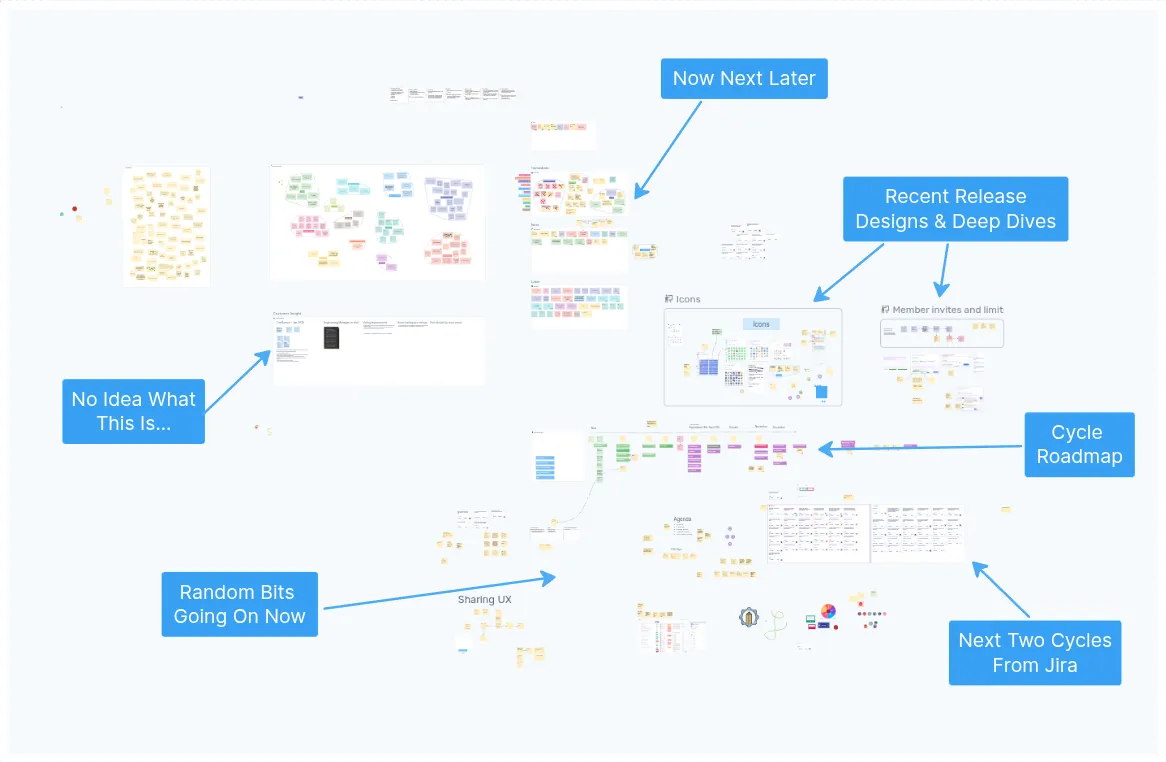A few months ago, I saw a message from another founder in the TinySeed Slack channel. They were concerned about how long their team’s backlog had grown, and were asking for advice on how to manage it and start bringing it under control.
Reading the discussion that followed made me realise that, at Ludi, we don’t have that problem. Our backlog is probably not more than 2 or 3 cycles worth of work away from the end. And that’s not because we don’t have a huge list of things we want to build, it’s just that we don’t bother putting it in there until it’s nearly ready.
Our backlog is probably not more than 2 or 3 cycles worth of work away from the end.
Earlier in my career I worked on a large, multi-year project for one of the big four accounting firms. That project had a very large backlog. In reality, it was a backlog that was unachievable. It was a log of every idea that had ever been discussed or raised by anyone related to the project. The Jira ticket keys were way into the tens of thousands.
Large backlogs are often undeliverable.
The situation is obviously different, but I much prefer the way we work now at Ludi than we did back then. Our backlog is a list of ready or nearly ready work that we can bump forwards or backwards depending on what’s going on in the business when we start a cycle. Anything that is not reasonably refined, or is not a known bug, is not in there.
So where do we put all our ideas and random items from customer feedback?
Well, we put them in a Ludi board:

It’s a bit of a beast, and it’s probably due a clean-up (we do this once or twice per year usually).
In this board you’ve got:
-
Now, Next, Later priority list of high-level features
-
Below that is a rough cycle roadmap of work for between 4-8 cycles into the future. As you get further into the future the blocks get a bit messier and vague, but give a rough direction of travel.
-
Above and right of the roadmap is where we’ve worked through the detail of our most recent releases. In this picture it was for the icon library and sharing overhaul.
-
At the bottom right you’ve got the next few cycles direct from Jira via the Jira Integration
-
Finally, bottom left is a scratch area where we just dump stuff that needs talking about in the near term.
Our team meets weekly for a two-hour refinement session. During this session we work through these areas and slowly shape and refine the messy and blurry stuff into output that can go into Jira. This keeps our Jira backlog short and refined.
So yeah, just delete the messy end of your backlog and put it into Ludi. Easy!!
I could talk all day about the advantages of keeping the messy stuff out of Jira. Tools like Ludi are great for storing messy information. You can include screenshots, draw arrows and annotations, add notes and links. Basically, just keep moving stuff around until it looks right, and then move it to a more structured work system to be divided up and delivered.
If you haven’t tried Ludi yet — get started now for free!

